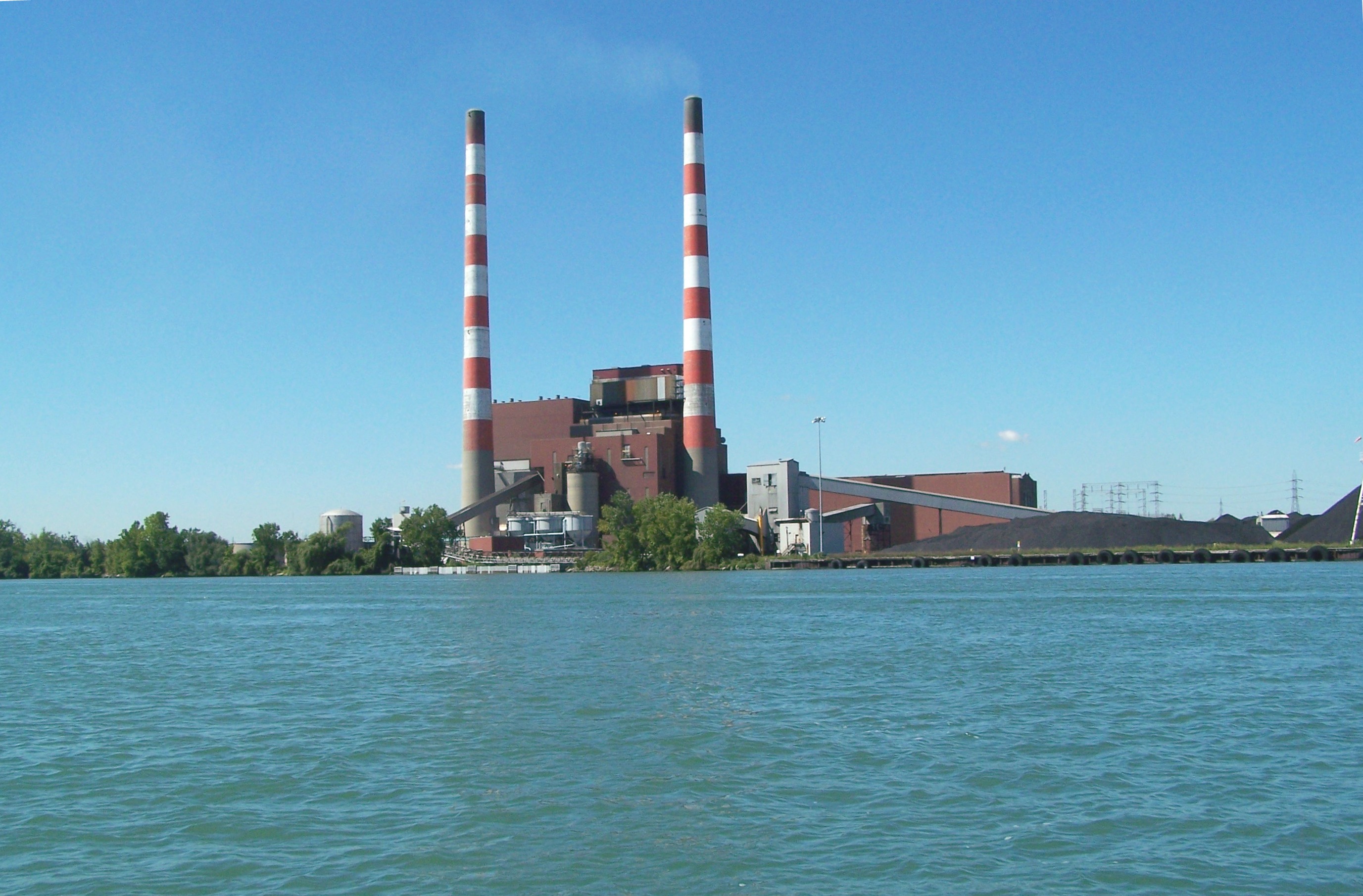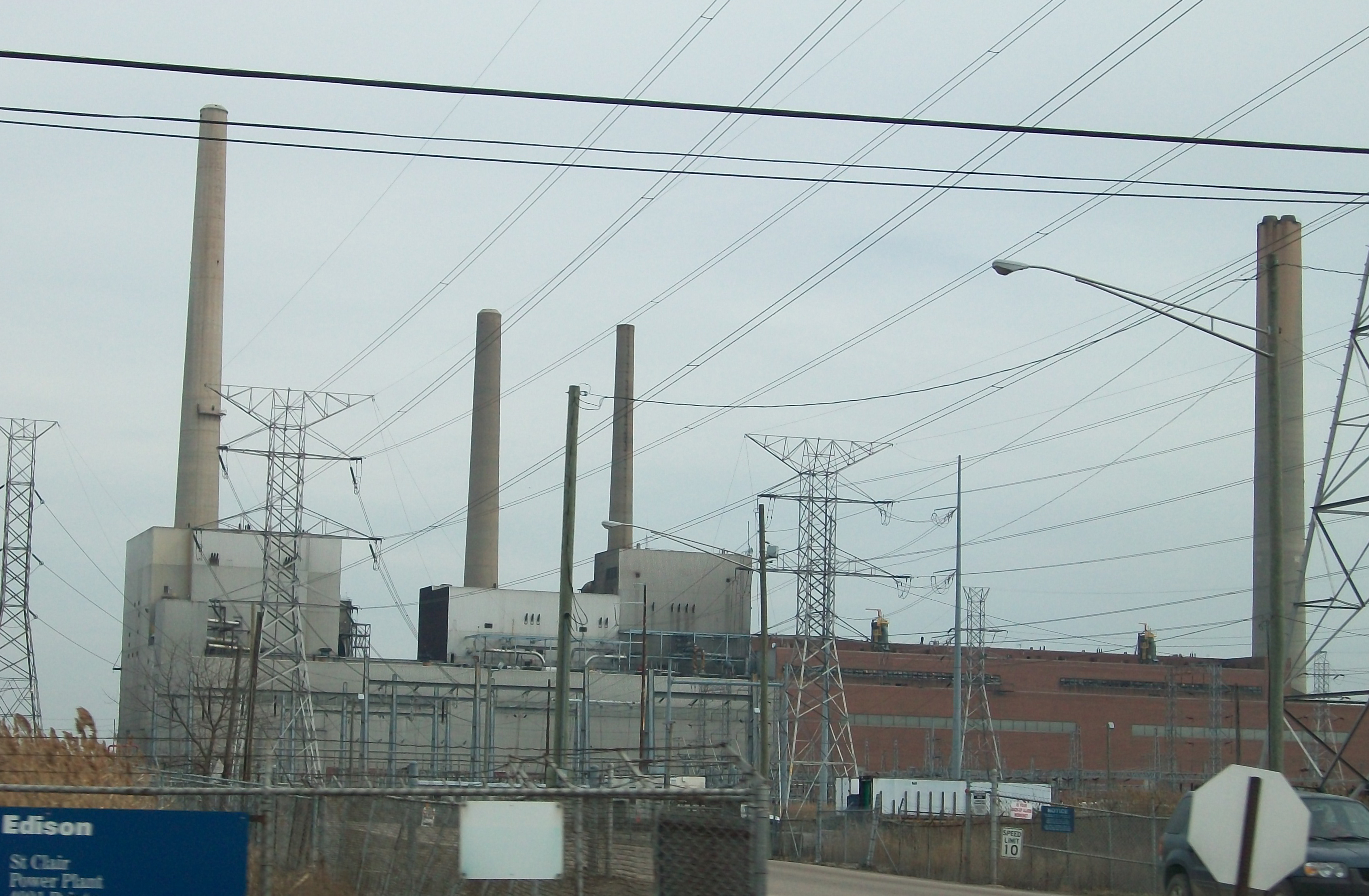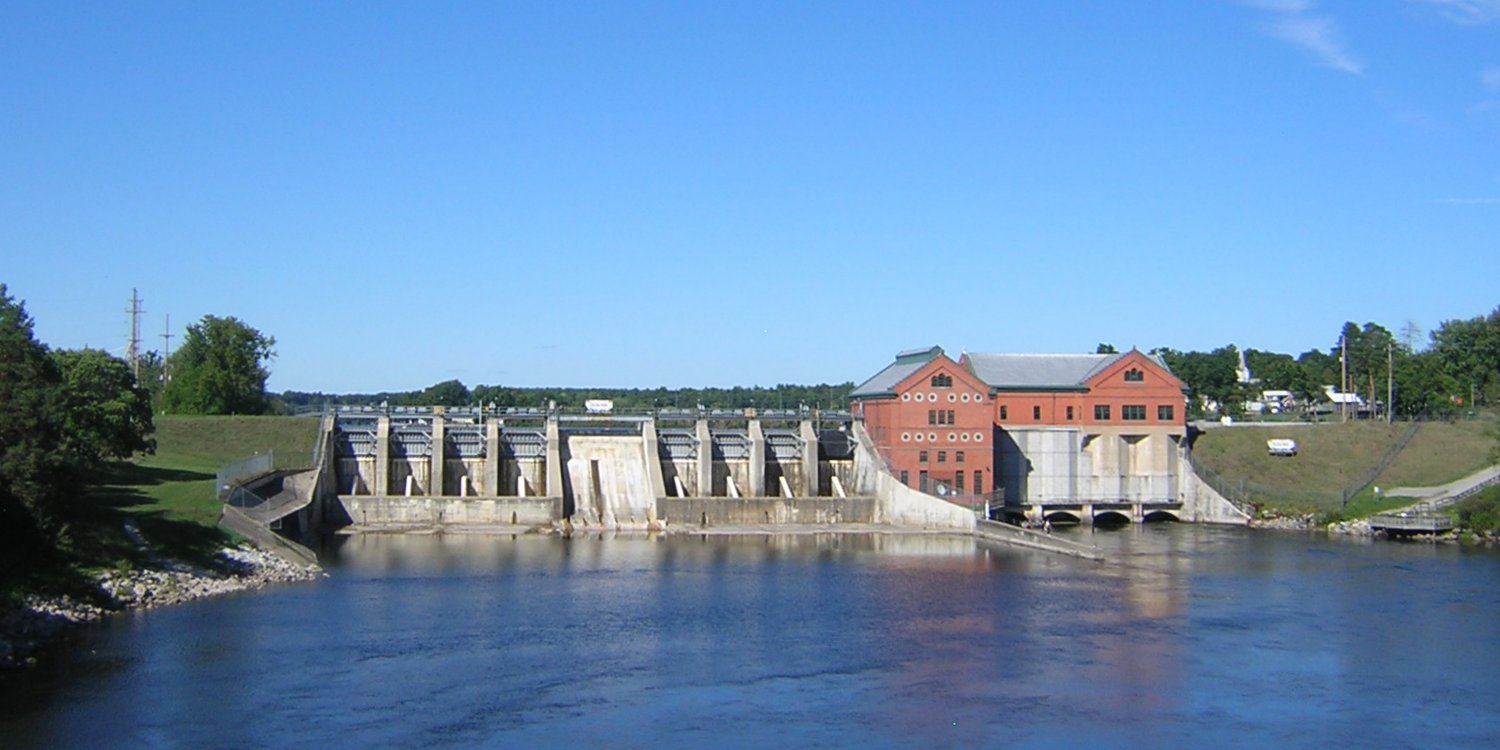List Of Power Stations In Michigan on:
[Wikipedia]
[Google]
[Amazon]
This is a list of



 Former plants
Former plants

 As of February 2022
As of February 2022
Generators list
U.S. Energy Information Administration, accessed July 11, 2012
Michigan
U.S. Energy Information Administration, accessed July 11, 2012
{{DEFAULTSORT:Power Stations in Michigan
electricity-generating
Electricity generation is the process of generating electric power from sources of primary energy. For utilities in the electric power industry, it is the stage prior to its delivery (transmission, distribution, etc.) to end users or its storag ...
power station
A power station, also referred to as a power plant and sometimes generating station or generating plant, is an industrial facility for the generation of electric power. Power stations are generally connected to an electrical grid.
Many p ...
s in Michigan
Michigan () is a state in the Great Lakes region of the upper Midwestern United States. With a population of nearly 10.12 million and an area of nearly , Michigan is the 10th-largest state by population, the 11th-largest by area, and the ...
, sorted by type and name. In 2019, Michigan had a total summer capacity of 29,457 MW through all of its power plants, and a net generation of 116,701 GWh. The corresponding energy mix
The energy mix is a group of different primary energy sources from which secondary energy for direct use - such as electricity - is produced. Energy mix refers to all direct uses of energy, such as transportation and housing, and should not be c ...
was 32.5% coal, 30.8% natural gas, 28.0% nuclear, 5.0% wind, 2.1% biomass, 1.4% hydroelectric, 0.1% solar, and 0.1% petroleum. Coal use has decreased by half over the last decade, replaced by natural gas and renewables. 60% of renewable generation is wind energy.
Michigan imports all coal and nuclear fuel (uranium), and 82% of natural gas. A goal to produce over 10% of electricity from in-state renewable sources was set in 2015. Major electric companies in Michigan include Detroit Edison
DTE Electric Company (formerly The Detroit Edison Company) was founded in 1886.
DTE Electric's power generation portfolio includes renewable energy, but is primarily generated by fossil fuels. In 2021, 67.32% of electricity generated by DTE came ...
(11,000 MW) and Consumers Power (9,000 MW).
Nuclear power stations
Nuclear power
Nuclear power is the use of nuclear reactions to produce electricity. Nuclear power can be obtained from nuclear fission, nuclear decay and nuclear fusion reactions. Presently, the vast majority of electricity from nuclear power is produced b ...
is a significant source of electrical power in Michigan, producing roughly one-quarter of the state's supply. The two active nuclear power plants supply Michigan less than 30% of its electricity.

Former nuclear power stations
See alsoMidland Cogeneration Venture
The Midland Cogeneration Venture (MCV) is a natural gas-fired electrical and steam co-generation plant in Midland, Michigan owned by Midland Cogeneration Venture Limited Partnership. When it began operation in 1991, it was the largest gas-fired st ...
, a plant abandoned before completion
Coal power stations

Coal power
A coal-fired power station or coal power plant is a thermal power station which burns coal to generate electricity. Worldwide, there are about 8,500 coal-fired power stations totaling over 2,000 gigawatts capacity. They generate about a th ...
is the second leading source of electricity in Michigan. Although Michigan has no active coal mines, coal is easily moved from other states by train and across the Great Lakes
The Great Lakes, also called the Great Lakes of North America, are a series of large interconnected freshwater lakes in the mid-east region of North America that connect to the Atlantic Ocean via the Saint Lawrence River. There are five lakes ...
by lake freighter
Lake freighters, or lakers, are bulk carrier vessels that operate on the Great Lakes of North America. These vessels are traditionally called boats, although classified as ships.
Since the late 19th century, lakers have carried bulk cargoes of m ...
s. The lower price of natural gas is leading to the closure of most coal plants with Consumer Energy planning to close all of its remaining coal plants by 2025 while DTE plans to retire 2100MW of coal power by 2023.
Former coal plants

Natural gas power stations
Michigan has some of its ownnatural gas
Natural gas (also called fossil gas or simply gas) is a naturally occurring mixture of gaseous hydrocarbons consisting primarily of methane in addition to various smaller amounts of other higher alkanes. Low levels of trace gases like carbo ...
production and is a leading state for natural gas transport and storage. Declining prices for natural gas in the early 21st century led to an increase in the number of natural gas power plants. Consumers Power announced a new 700 MW plant to be built near Flint beginning about 2015 while the city of Holland replaced its coal plant with a 114 MW natural gas plant In April 2018, DTE received permission for a 1,100 MW natural gas plant to replace a coal plant in St. Clair.
Oil power stations
Fuel oil
Fuel oil is any of various fractions obtained from the distillation of petroleum (crude oil). Such oils include distillates (the lighter fractions) and residues (the heavier fractions). Fuel oils include heavy fuel oil, marine fuel oil (MFO), bun ...
s and other liquid fuels are only a minor fuel used in Michigan for power generation. Some units burn liquid fuel only while some multiple fuel units sometimes use liquid fuels as well.
 Former plants
Former plants
Multiple fuel
Multiple fuel units may alter their fuel source depending to balance pricing, availability, and energy content.Municipal solid waste
Waste to energy
Waste-to-energy (WtE) or energy-from-waste (EfW) is the process of generating energy in the form of electricity and/or heat from the primary treatment of waste types, waste, or the processing of waste into a fuel source. WtE is a form of energy ...
plants which use garbage to produce power are a minor source of Michigan's electricity.
Former plants:
Landfill gas
Landfill gas
Landfill gas is a mix of different gases created by the action of microorganisms within a landfill as they decompose organic waste, including for example, food waste and paper waste. Landfill gas is approximately forty to sixty percent methane, ...
plants, which use methane collected from garbage dumps to power electrical generators, are in use near a number of Michigan landfills but are only a minor source of power.
Only plants larger than 4 MW ichigan.gov/documents/energy/lmopdatami_411718_7.xls State of Michigan
Former plants:
Biomass/waste power plants
Biomass
Biomass is plant-based material used as a fuel for heat or electricity production. It can be in the form of wood, wood residues, energy crops, agricultural residues, and waste from industry, farms, and households. Some people use the terms bi ...
power plants in Michigan often use waste from the lumber industry. Smaller units use food waste
Food loss and waste is food that is not eaten. The causes of food waste or loss are numerous and occur throughout the food system, during production, processing, distribution, retail and food service sales, and consumption. Overall, about o ...
, or cow, pig and turkey waste.
Retired
Hydropower
Michigan has a number of smallhydropower
Hydropower (from el, ὕδωρ, "water"), also known as water power, is the use of falling or fast-running water to Electricity generation, produce electricity or to power machines. This is achieved by energy transformation, converting the Pot ...
plants; however, the generally small, flat rivers provide a limited source of power.

Pumped storage hydropower power stations
Michigan has onepumped-storage hydroelectricity
Pumped-storage hydroelectricity (PSH), or pumped hydroelectric energy storage (PHES), is a type of hydroelectric energy storage used by electric power systems for load balancing. The method stores energy in the form of gravitational potential ...
station, on the shore of Lake Michigan, used for power balancing. It is the fifth largest such plant in the world.
Wind power stations
Wind power
Wind power or wind energy is mostly the use of wind turbines to electricity generation, generate electricity. Wind power is a popular, sustainable energy, sustainable, renewable energy source that has a much smaller Environmental impact of wi ...
in Michigan grew rapidly due to national price supports and a Michigan mandate to produce 10% renewable energy by 2015. The largest concentration of wind power is in the Thumb region.
 As of February 2022
As of February 2022
Solar power stations
Solar power
Solar power is the conversion of energy from sunlight into electricity, either directly using photovoltaics (PV) or indirectly using concentrated solar power. Photovoltaic cells convert light into an electric current using the photovoltaic e ...
is a very minor source of electricity in Michigan.
Systems of over 2.0 MW, as of November 2022
References
Generators list
U.S. Energy Information Administration, accessed July 11, 2012
Michigan
U.S. Energy Information Administration, accessed July 11, 2012
External links
{{DEFAULTSORT:Power Stations in Michigan
Michigan
Michigan () is a state in the Great Lakes region of the upper Midwestern United States. With a population of nearly 10.12 million and an area of nearly , Michigan is the 10th-largest state by population, the 11th-largest by area, and the ...
*
Lists of buildings and structures in Michigan